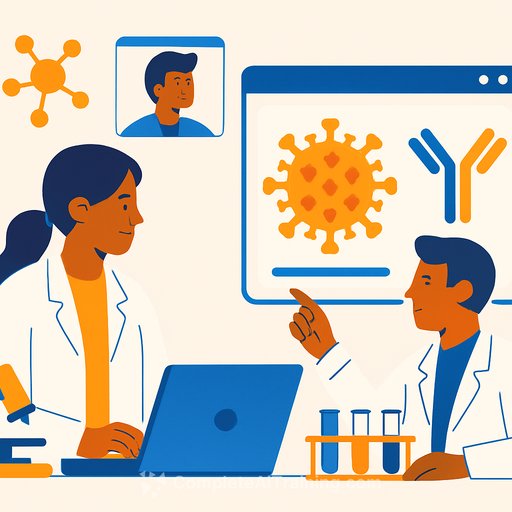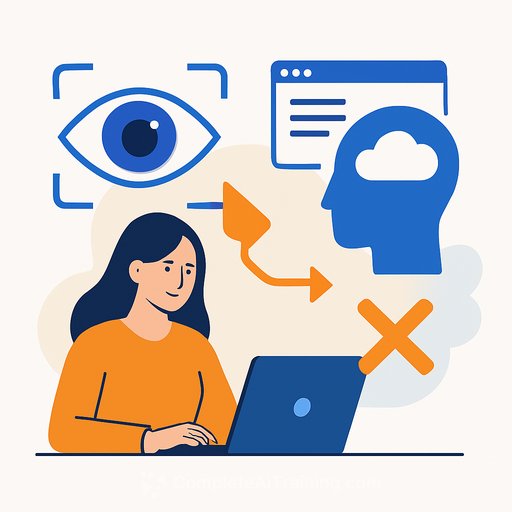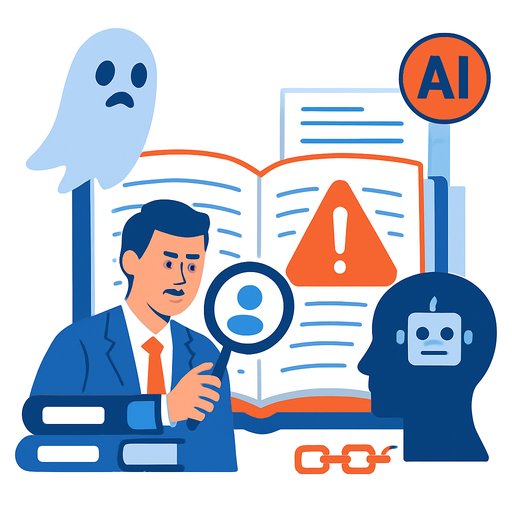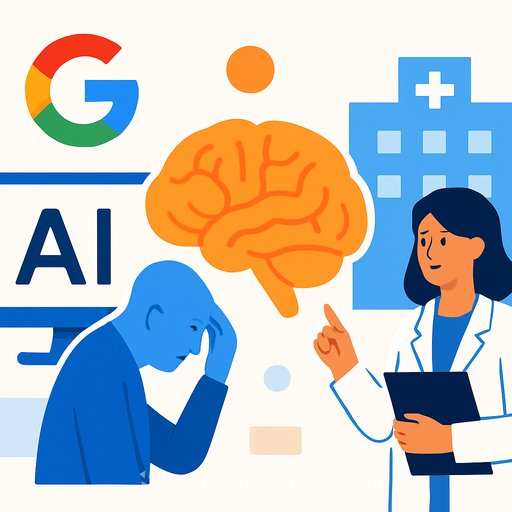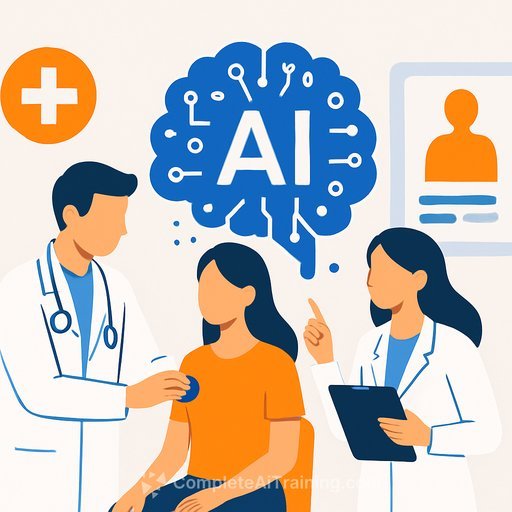AI-Driven Virtual Lab Enables Sophisticated Interdisciplinary Research
Launching a research project on a new disease often demands expertise from multiple scientific fields, such as virology, immunology, and bioinformatics. However, building a multidisciplinary team can be costly and difficult, especially for researchers lacking extensive networks or resources. A new solution emerges from teams at Chan Zuckerberg Biohub San Francisco (CZ Biohub SF) and Stanford University: an AI-powered “Virtual Lab” platform that assembles and coordinates AI agents with diverse scientific skills to tackle complex research questions.
How the Virtual Lab Works
The Virtual Lab operates by creating an AI “Principal Investigator” (PI) agent who organizes and leads a team of AI agents, each simulating specialized scientific roles found in a traditional lab. These agents are powered by a large language model (LLM) that enables them to reason scientifically and make decisions.
A human researcher initiates the process by posing a research question and monitoring the meetings where the PI agent collaborates with specialist agents. A unique feature is the inclusion of a Scientific Critic agent, a generalist AI that challenges assumptions and reduces errors, ensuring more reliable outputs.
- Team meetings: All agents discuss broad scientific questions together, developing comprehensive strategies.
- Individual meetings: Specific tasks are assigned to single agents, such as programming a machine learning model, sometimes with peer review from another agent.
Real-World Application: Designing SARS-CoV-2 Nanobodies
The platform was tested by designing antibodies (nanobodies) targeting spike proteins of emerging SARS-CoV-2 variants. Within days, the AI team developed a novel computational pipeline and proposed dozens of candidate binders. Subsequent laboratory experiments confirmed that two designed nanobodies effectively bound to the spike proteins of recent variants.
Out of 92 mutant nanobodies tested, over 90% were expressed and soluble, with two showing promising unique binding profiles. This successful validation demonstrates the Virtual Lab’s ability to conduct complex, interdisciplinary research that translates into tangible scientific results.
Efficiency and Autonomy of AI Agents
The AI agents conducted most of the discussions, analyses, and decisions autonomously, with human input accounting for roughly one percent of the conversations. This efficiency highlights how AI teams can accelerate research by rapidly generating creative yet scientifically sound pipelines.
One scientist involved noted that the ideas produced by AI were reasonable and fast, dispelling doubts that AI agents could independently propose valid scientific solutions.
Importance of Diverse Perspectives and Human Guidance
The strength of the Virtual Lab lies in its multi-agent system where AI agents with different scientific backgrounds engage in discussions, approaching problems from multiple angles. This diversity leads to more comprehensive and robust solutions compared to a single AI agent working alone.
Human researchers remain essential for providing context, practical constraints, and high-level guidance, such as selecting computational tools or experimental parameters. The transparent nature of the meetings—complete with accessible transcripts—ensures clarity in decision-making and fosters trust in AI-human collaboration.
Broader Implications and Future Directions
While the current platform focuses on biomedical research, its architecture is adaptable for other scientific disciplines. The Virtual Lab represents a shift where AI is not just a tool for isolated tasks but can drive entire research projects, from hypothesis generation to experimental design.
Researchers envision expanding this framework to facilitate interdisciplinary collaborations, enabling human scientists to leverage AI agents for a wider range of complex scientific challenges.
This development opens new possibilities for researchers seeking to accelerate discovery without the barriers of assembling large, multidisciplinary teams.
For those interested in AI applications in science, exploring courses on AI for biomedical research and interdisciplinary collaboration can provide valuable insights. Resources such as Complete AI Training’s latest AI courses offer practical knowledge tailored to scientific professionals.
Your membership also unlocks:

